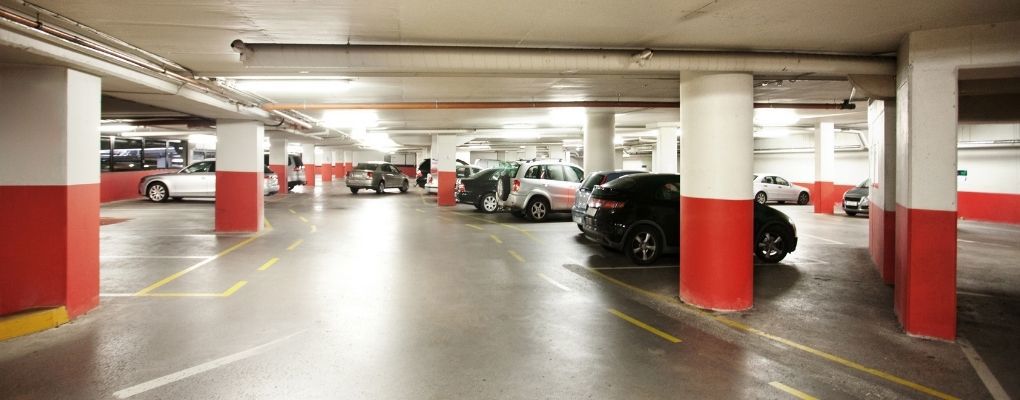
Reading Time: 3 Minutes
The National Policy Statement on Urban Development 2020 – which you will often hear referred to by the not-so-catchy acronym ‘the NPS-UD’ - came into force on 20 August 2020. While the name is perhaps clunky, the NPS-UD is one of the most significant changes to our urban development framework since the arrival of the Auckland Unitary Plan. Among other things, the NPS-UD removes minimum car parking requirements for new developments throughout New Zealand. In urban areas with more than 10,000 people, properties may now be developed without car parking in all Council areas.
Who Decides How Much Parking is Provided?
Under the new rules, developers can now decide how many car park spaces to provide with developments based on market demand, and developments may include no parking at all. While the policy came into effect in August 2020, councils had been given run-in time to allow the implementation of changes. Changes to car parking policy came into effect on February 2022.
What is the Benefit of Developments Without Parking?
The aim of the policy is to encourage the development of lower-cost housing to assist with the housing crisis. Car parks ‘at grade’, or on the ground, obviously take up a lot of space, while basement garaging is expensive and time-consuming to build. The policy therefore encourages greater housing density – making better use of scarce urban land in areas of high amenity – and hopefully, at a lower cost.
A secondary benefit is the promotion of public transport, as greater housing density allows for the development of viable public transport.
What Will the Impact of Removing Parking Be?
We can look to Auckland for an indication of the impacts the policy may have.
Minimum parking requirements were removed in many zones in Auckland under the Auckland Unitary Plan, which came into effect in 2016. A number of successful developments with limited or no parking have since been built, including Ockham Residential's Modal House and Daisy apartments. Most apartment buildings have continued to be built with parking provisions; however, in many cases, these are well below the levels previously provided for.
How Can a City Promote the Use of Public Transportation?
The removal of the minimum parking rate for new developments is just one way Auckland Council is looking to promote public transport. The Regional Land Transport Plan (RLTP), Auckland Council’s 10-year plan for Auckland’s transport network, aims to help solve the region’s transport challenges. Planned benefits include a significant increase in rapid transit travel options and new bus/transit lanes.
What are the Negative Impacts of Properties Without Parking?
Critics of the policy change suggest the character of some urban areas may be negatively impacted and that the removal of car parking may actually add to congestion as apartment owners look for off-site car parking. The success of property developments without car parking is also tied to public confidence in public transport increasing.
Contact Crockers Property Management Team
If you’re interested in investing in property and would like to find out more about this policy change, contact our Property Management professionals on pm@crockers.co.nz or chat on 09 623 5952. For more tips on investing in property, read our helpful article on How to Start Out in Property Investment.







